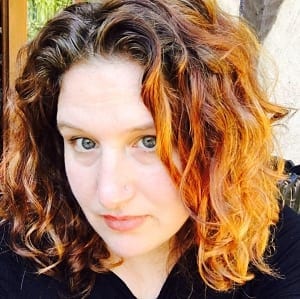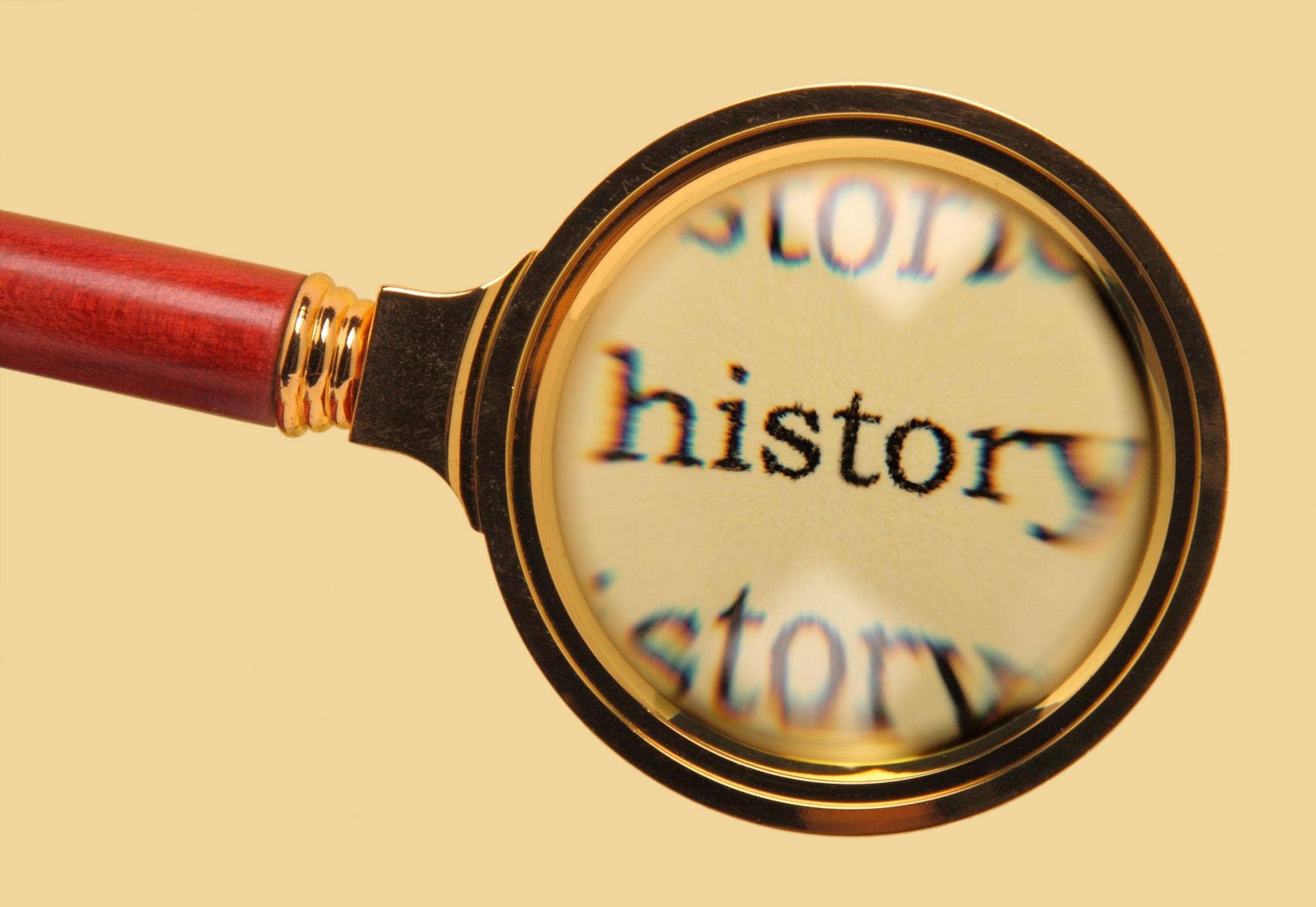Making through History:
Sometimes We Should all Be Uncomfortable
I’ve been leading a class that I created called Making Through History for almost two years, and it has been one of the best teaching experiences I have ever had. The class explores history and the humanities through the art and invention that expressed the values and aspirations of people in a specific time and place. These days STEM/STEAM education is all the rage, and we are told that our children can’t be prepared for the future without it. While I agree that technology and science literacy are essential to navigating the new economy, I would also argue that it is nothing without first understanding how and why humans express themselves and push themselves towards discovery, and how this distinct part of human nature has profoundly shaped most of our history.
In my Making Through History class, we started with Ancient Civilizations, followed by the Middle Ages, the Renaissance, and a short class focusing on Da Vinci’s machines. As the art and inventions became more complex, we spend more time in a particular era. This spring, we started with the 17th century (a fascinating time for science!) and we just wrapped up the 18th century last week. Some of the kids in my classes have come and gone (and sometimes come back!) depending on their interest in that particular time period, but there is a core group of kids who have been with me since the beginning, and it is through their eyes that I can see the full impact of approaching history in this way.

My final Making Through History class of the spring last week was intense, and it reminded me why I always have a backup plan. We spent the first part of our class focused on the French Revolution, discussing the influencing events on the rising discontent of the French people, the perspective of the monarchy, and what was causing revolutions around the world. The kids had asked to build guillotines, and I was not surprised. This particular group are builders. They love the engineering of things, the beauty of function. The idea of building a working guillotine that could cut a carrot sounded fantastic to them. In their enthusiasm, they had not taken the time to think about why guillotines were actually designed. To be clear, I had not expected them to, but an essential part of understanding how the mechanics work, so they could build one, is in the reason they exist. They were made to be a quicker, more humane way to execute people. Axes and swords were not reliable, and was often a lengthy and more painful process. On one hand, one could see the humanity in the attempt to reduce suffering. On the other, the ease of such executions led to thoughtless condemnations and opened the door to mass executions, such as in the Reign of Terror.
Now, I’m very careful not to upset the kids in my class with developmentally inappropriate detail (for reference, this age group is 9-12 year’s old), but I don’t shy away from truth either. The kids got the concept of punishment and even the desire to make the act more humane, but were very confused about why people would want to watch an execution. This speaks, in part, to the disconnect our culture has now with life and death. In the 18th century, life and death happened all around people, and public executions were seen as a dispensation of justice (as well as a warning to the criminally minded.) We compared this point of view to our own contemporary experience, and what resulted was a fascinating and sobering discussion. By the time we were done, everyone had decided they were uncomfortable moving forward with the guillotine project. To be honest, it did take me a little by surprise. This is a group that has generally loved weaponry and warfare, and this was the first time that this has ever happened unanimously. Having time to fully digest that some inventions are not what they seem and that not all innovation is made to support human progress in a positive way, is probably one of the best and useful things these kids will learn in my class. The fact is, history can be ugly. Science and invention can be cruel. Sometimes we should be uncomfortable. It shows we have not become desensitized to horror, that we are aware of the darkest parts of human nature, that we make impactful choices in our words and deeds, and that saying “Well, but I didn’t do that” is willfully ignoring our responsibility to learn from history so we do not repeat it.
One of my class rules in Making through History is that no one ever has to do a project they don’t want to. Sometimes I have a different or modified project for them, sometimes they have to come up with their own, but I will never force a kid against their will or their heart. Since everyone was in agreement, I suggested we go back to 18th century Africa and spend more time. One of my peeves is that often the study of Africa during this century, and the centuries that flank it, is whittled down to a brief glance at the slave trade. If that is all we teach children, then they will view Africa as a primitive place of suffering. We should talk about those things. We should discuss the slave trade, the exploitation, the cultural appropriation, the affect colonization continues to have to this day. And it should make us uncomfortable. I employ a different strategy, though. I first teach about the extraordinary art, culture, and innovation that was happening in Africa during this time. It was (and still is) a community rich with wisdom and ideas. That way, when we look at the devastation that was wreaked upon the continent, we can more keenly understand and feel the impact it had. I did the same thing with the Middle East and the Crusades, The Native Americans and the Settlers, the Aborigines and the Maori when the British came along, or any people who have their home and way of life ripped from them. There are many times when I teach these periods of history where I feel uncomfortable, even shame for what humans have done to each other, but the only way forward is through. I have to model what I want to see. I want the kids to understand that these cultures contributed to the world in wonderful ways, that history was being made everywhere, not just Europe or America, and that we can look for ways in which this knowledge can guide our values now.
Much to my delight, the kids were all excited to dive back into African history, and after a brief trip around the continent, they decided to focus on South Africa. In particular, the Zulu caught their attention and we spent most of our time learning about Zulu traditions and innovations, especially the multi-functional and symbolic Nguni shields. We learned about how they were made from animal hide, and the relationship to animals that were kept or were hunted. We researched how they were used in war and in ceremony. We discussed how they have been turned into a commercial tourist souvenirs in some places. I knew quite a bit on this subject already, but I was grateful to expand my knowledge even more alongside the kids. We finished the day out with a feast of foods that were invented or popularized in the 18th century, and said goodbye until the fall.
My point in sharing all this is that we can not afford to be afraid of being uncomfortable. That there are parts of the human experience that must be acknowledged and confronted. That even children can participate in real discussion around the ethical and social conflicts that still exist in STEM fields to this day. That it is often the humanities (art, music, literature, etc) as the expression of culture that guides and influences us. And that being agile and responsive as an educator, with a willingness to be uncomfortable yourself, is how we make the world a better, kinder and more innovative place.
 Samantha Matalone Cook, MAT, has almost three decades of experience in education, program development, and the arts and has worked with both small and large organizations to create educational programming that centers and connects the learner to concepts and skills. She has taught in classrooms and in private workshops, mentored other educators, and worked for and with many museums including the Smithsonian. To see her past and current projects, including her blog and her upcoming book on Project-Based Learning , co-authored with Blair Lee, and History Odyssey curriculum, please visit www.samanthamatalonecook.com
Samantha Matalone Cook, MAT, has almost three decades of experience in education, program development, and the arts and has worked with both small and large organizations to create educational programming that centers and connects the learner to concepts and skills. She has taught in classrooms and in private workshops, mentored other educators, and worked for and with many museums including the Smithsonian. To see her past and current projects, including her blog and her upcoming book on Project-Based Learning , co-authored with Blair Lee, and History Odyssey curriculum, please visit www.samanthamatalonecook.com

